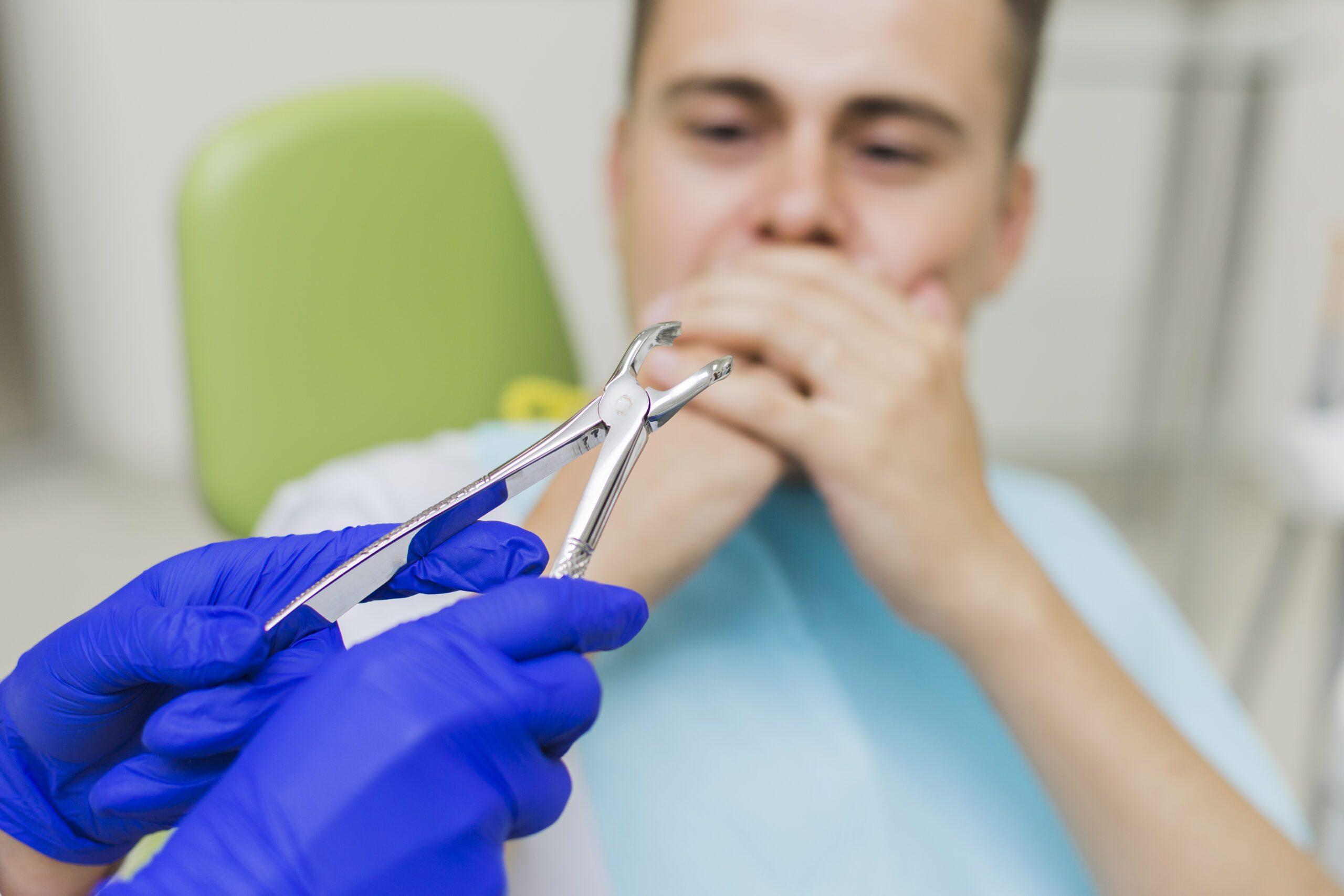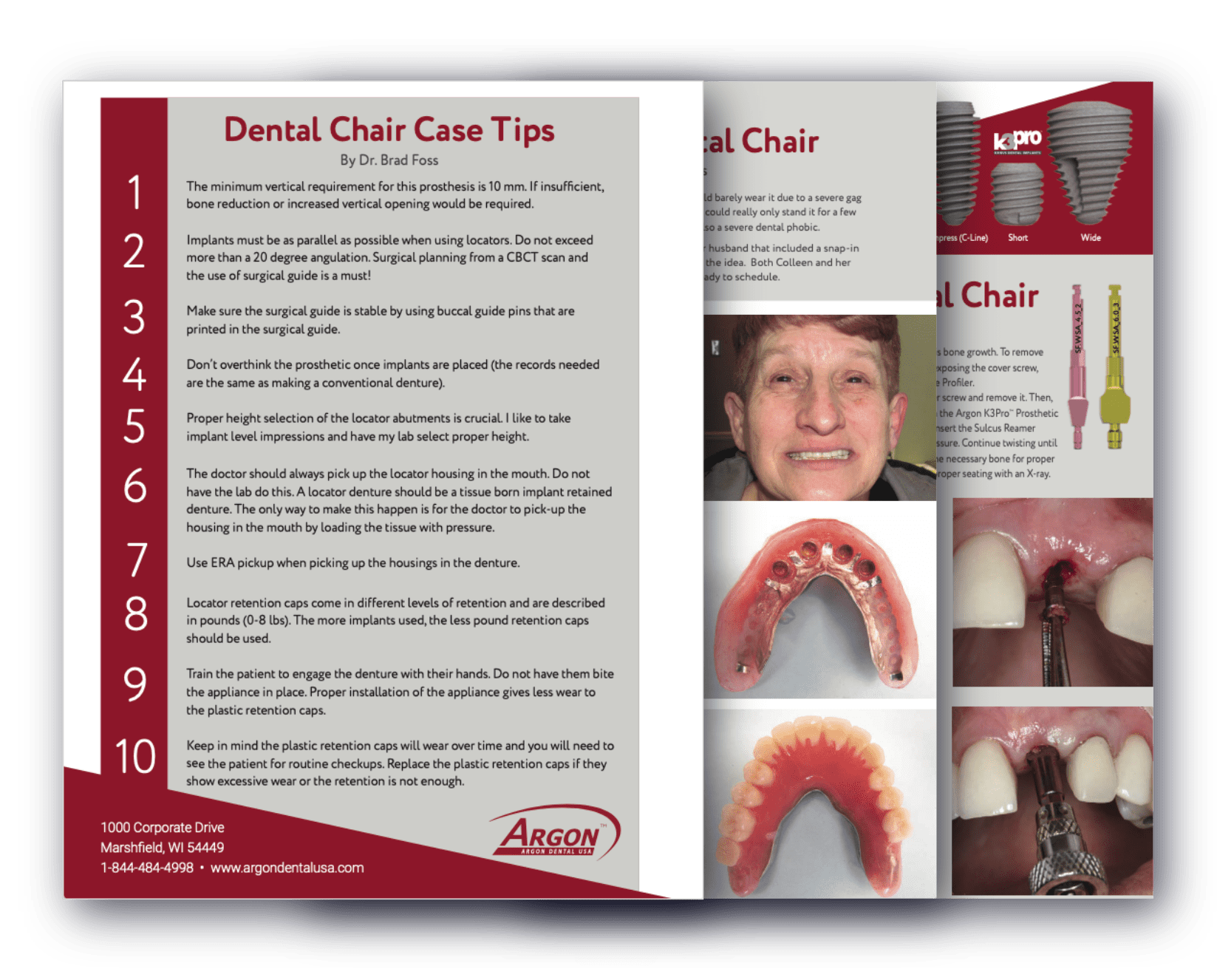Argon’s True Morse Taper Connection: Improving Treatment Outcomes and Patient Satisfaction
August 14, 2023

As a dentist, you would agree that maintaining the hard tissues around the head of implants so the soft tissue can develop and sustain natural gingival contours is one of the most challenging issues in implant dentistry.
Whether the soft tissue gets adequate support depends on the abutment-implant connection. A stable connection without a microgap prevents bacterial infestation and contamination due to endotoxin release through implant-abutment connections, which can negatively impact peri-implant bone levels.
Though the internal hex is the most widely used abutment-implant connection, it isn’t the most stable. An unstable connection can lead to crestal bone loss (in some cases, down to the first thread). The loss of hard-tissue scaffolding can negatively impact gingival architecture, and consequently treatment outcomes.
The True Morse Taper Connection: The Feature That Makes Argon Dental Implants Truly Revolutionary
Argon’s True Morse Taper implant connection provides a stable abutment-implant interface. It eliminates any micro gaps and helps achieve a hermetic seal to prevent bacterial growth on the abutment-implant juncture. The stability, thus achieved, supports actual bone growth over the shoulder of the implant. A stable connection also helps prevent bone loss and maintain a natural-looking gingival profile.
Dental implant systems by Argon are designed to ensure a deep 4.2 mm conical connection with a True Morse Taper of 1.5°. The True Morse Taper connection provides a stable bacterial seal between the implant and abutment. A steep conical connection can help reduce friction on the screw.
A Study on the Effectiveness of Single-Tooth Morse Taper Connection
A study was conducted by Francesco Guido Mangano (Section Editor for the new Digital Dentistry Section of Journal of Dentistry) to improve the aesthetics of soft tissue contours in a severely compromised tooth located in the maxilla. The study subject was a 60-year-old male patient who was referred to a private dental practice in Gravedona, Como, Italy for the evaluation of his right-maxillary central incisor.
Imaging tests revealed that a right-maxillary central incisor was damaged by localized advanced chronic periodontitis. The dental surgeon proposed a tooth extraction followed by reconstructive procedures and delayed implant placement. Once the patient accepted the proposal, the surgeon started the treatment. Guided bone regeneration technique or GBR was used. A biphasic calcium-phosphate block graft was placed in the extraction socket together with granules made of the same material. A resorbable barrier membrane was also implanted over the tissue defect area to promote tissue regeneration.
After six months, an implant was placed. The acrylic provisional restoration remained in its original position for three months and was replaced with the definitive crown after three months. The ridge reconstruction technique helped preserve hard and soft tissues, reduced the rate of bone resorption post tooth extraction, and allowed accurate implant placement.
Conclusion: The study concluded that localized severe alveolar bone resorption of the anterior maxilla caused by chronic periodontal disease can be treated by reconstructing the ridge. The researchers also noted that the Morse Taper connection implant helped improve the appearance of soft tissue contours.
Argon Dental offers a range of world-class dental implants. Our quality-control process is designed to detect the minutest defects. To talk to our production manager, call 844-484-4998.



